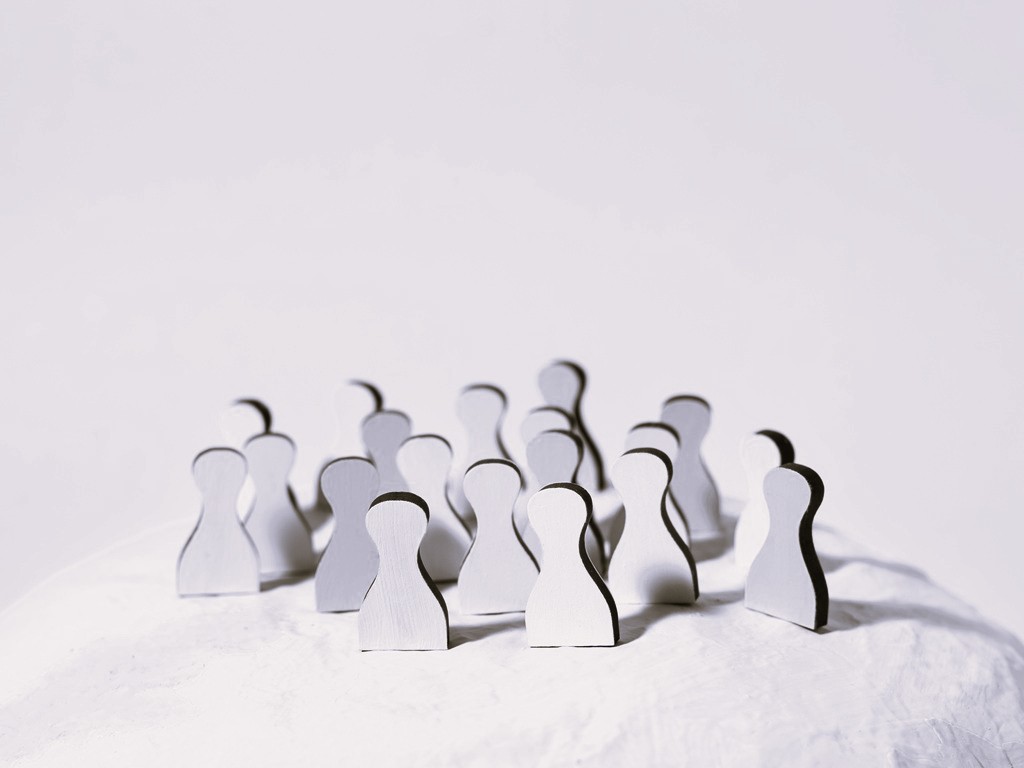DeSouza, R. (2004). Working with refugees and migrants. In D. Wepa (Ed.), Cultural safety (pp. 122-133). Auckland: Pearson Education New Zealand.
The art of walking upright here
Is the art of using both feet.
One is for holding on.
One is for letting go. (Colquhoun, 1999, p.32)
Glenn Colquhoun’s poetry captures the challenge dislocation from home and family. The migrant or refugee has to somehow hold on to their legacy and their heritage whilst simultaneously letting go of those things that cannot be maintained in a new country. They must let go to create new lives, so they can stake a new claim of belonging; a new place to stand.
One in five New Zealanders was born overseas. This rises to one in three in Auckland. For many, migration is seen as a way of obtaining a better life, particular for ones children. Whilst many migrants make informed decisions, this needs to be seen as a continuum between full choice and no choice. This can been viewed as a ‘pull’ effect (migrants are drawn to a new country for the opportunities available) or a ‘push’ effect (the motivation is simply to leave where they are). Migrants can be defined as people who were born in one country and then move to another under an immigration programme. In New Zealand this consists of three main streams:
- Skilled/Business: Which relates to attracting migrants with qualifications and skills, or the potential to create business opportunities in New Zealand.
- Family sponsored: Where New Zealand citizens or permanent residents can sponsor family members to the country.
- Humanitarian: This includes refugees and allows for family members to be granted residence if there are serious humanitarian concerns.
Refugees that have resettled in New Zealand mostly originate from Africa, the Middle East, South East Asia and Eastern Europe. Refugees differ from voluntary migrants because they were forced to leave their home and have little if any choice in selecting their destination. They are at the extreme end of the ‘push’ effect, often having fled from situations of conflict and human right abuses. This has important implications for the provision of health care, as they might not have had access to preventative and treatment services. Most refugees arriving in New Zealand will spend six weeks at the Mangere Refugee Reception Centre (MRRC) in South Auckland. There are estimated to be 20.6 million refugees and displaced people in need of protection and help (UNHCR, 2003). Currently New Zealand accepts a United Nations-mandated quota of 750 refugees per year, plus approximately the same number again of asylum seekers. Asylum seekers are people seeking refugee status without legal documentation. They often experience depression, hopelessness and helplessness related to stress and socio-economic deprivation. Even where migration is an informed choice, the result can still be isolation and loss of financial independence. Before migration, one often only considers the positives; it can be difficult to understand the adjustment that is required and to come to terms with the losses of family, friends, culture and familiarity.
In this chapter I present a view of cultural safety and how it is relevant to health from the perspective of a migrant with a view to informing those who will be caring for the needs of migrants and refugees. I will briefly review the history and tensions around migration and migrants. Anecdotes from my clinical experience are woven through the text to present multiple layers to reflect the complexity of the experience and reflective questions are posed to increase self-awareness. I conclude by offering a range of strategies for working with diversity.
